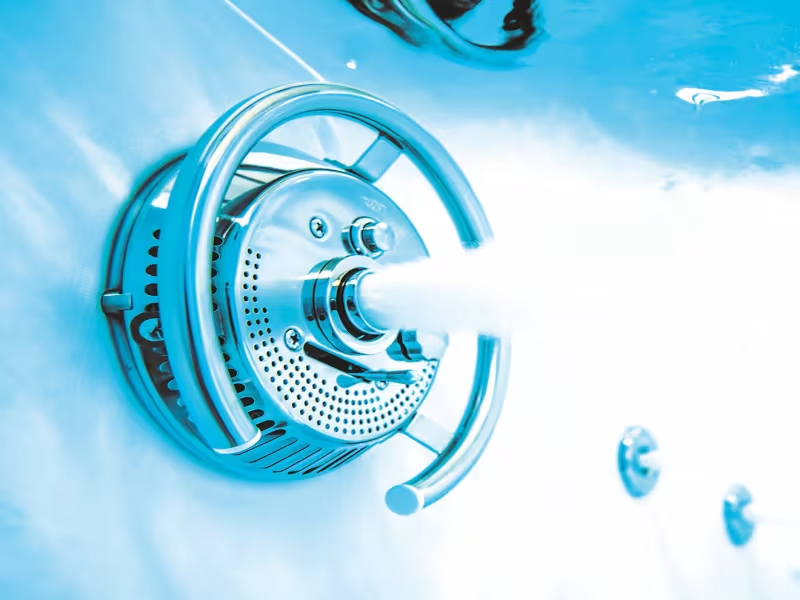
SHERIDAN, WYOMING – May 2, 2025 – A recent in-vitro study conducted by Heidelberg University has revealed that Venus Pearl Pure Shades can deliver aesthetic outcomes comparable to traditional polychromatic layering, while significantly reducing shade selection errors and procedural complexity for dental professionals.
The findings mark a notable advancement in restorative dentistry, affirming that simplified layering using monochromatic composites can achieve lifelike results once only attainable through multi-layered techniques. This development is particularly relevant for clinicians seeking efficient workflows without compromising on aesthetic precision.
Rethinking the Standard: A Shift in Shade Layering Paradigms
For decades, polychromatic layering has been the preferred method for mimicking the complex structure of natural teeth, especially in the anterior region. By layering multiple shades to replicate translucency, hue, and opalescence, practitioners have achieved high-fidelity restorations. However, the approach is labor-intensive, time-consuming, and prone to errors—factors that complicate daily practice and increase procedural costs.
The Heidelberg study offers a compelling alternative: a monochromatic layering method using Venus Pearl Pure Shades that not only reduces the learning curve but also ensures high aesthetic performance.
Heidelberg University Study: Measurable Gains in Accuracy and Simplicity
The study engaged 64 advanced dental students in the restoration of Class III and IV cavities using both monochromatic (Venus Pearl Pure Shades) and traditional polychromatic techniques. The results were definitive:
- 84.4% success rate in correct shade selection using Venus Pearl Pure Shades, compared to 53.1% with polychromatic methods — translating to a 67% reduction in shade selection errors.
- Expert aesthetic evaluations, according to FDI criteria (Hickel et al. 2023), demonstrated clinically very good results for both methods:
- Class III: 1.57 ± 0.48 (monochromatic) vs. 1.68 ± 0.38 (polychromatic)
- Class IV: 1.76 ± 0.52 (monochromatic) vs. 1.72 ± 0.46 (polychromatic)
These outcomes underscore the reliability and consistency of Venus Pearl Pure Shades for anterior restorations.
The Venus Pearl Pure System: Efficiency without Compromise
Venus Pearl Pure Shades utilize a 'group shade' approach, offering three intuitive options—LIGHT, MEDIUM, and DARK—to comprehensively cover the full spectrum of 16 Vita shades, including BLEACH for patients with whitened dentition.
Key Benefits of the Venus Pearl Pure System:
- Simplified decision-making: Reduces the need to differentiate between close shades like A2 and A3.
- Effortless blending: Balanced translucency, hue, and chroma ensure seamless integration with natural dentition.
- Minimized layering risk: Avoids overuse of incisal mass, preventing unnatural grey tones in the final restoration.
- Material excellence: Backed by the trusted TCD-urethane matrix, known for its superior physical properties and durability.
Practice-Driven Advantages: Enhancing Everyday Dentistry
Venus Pearl Pure Shades aren’t just a scientific breakthrough—they translate into tangible chairside benefits:
- Reduced chair time through quicker shade selection and application.
- Consistent and predictable outcomes, improving patient satisfaction.
- Optimized inventory by minimizing the number of composite shades needed.
- Cost-efficiency in both material usage and time investment.
As dental practices face increasing demands for efficiency and consistent quality, Venus Pearl Pure Shades present a timely solution that merges clinical excellence with operational ease.
Learn more about the Venus Pearl Pure Shade system and how it can redefine your restorative workflows at www.kulzer.com.